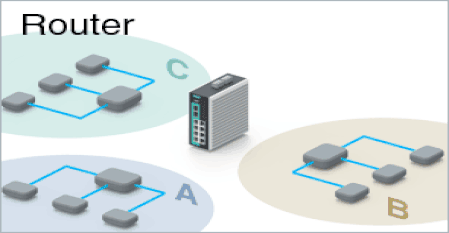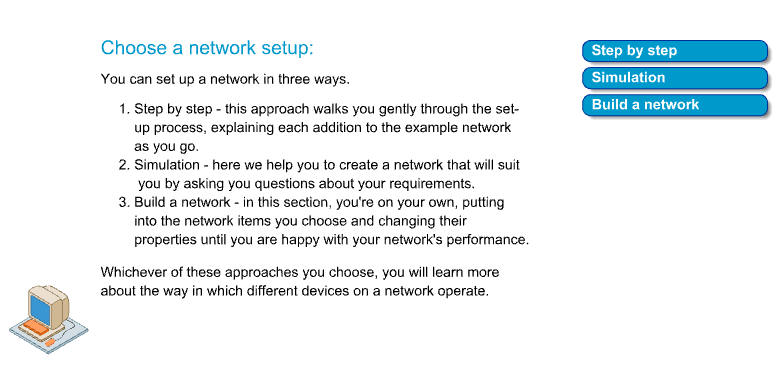Networks
Who doesn't love a computer network? Here are somethings that a computer network lets you do:
- Share an internet connection
- Share peripheral devices like a printer or scanner
- Share files across the network
- Communicate across the network
- Share software across the network
Network topology
Not all networks are the same and they can exist in different arrangements (topologies). Four of the most well known are Star, Mesh, Bus and Ring. Ring is the cheapest, Mesh is the most expensive and Star is most likely to be in peoples homes.
What is the internet anyway?
The internet is....wait for it...(its not very exciting)...the internet is cables and computer hardware like routers. The internet is all the physical technology that our data flows though. What is a router, what does it look like, where would you find one and what does it do?
This is a router (above) and if you have access to the internet at home, then you probably have a router like this in your home. There are millions of routers all over the world and the main function of a router is to help move data around the internet. If you send an email from France to Brazil, the email will flow though lots of cables and bump into lots of routers on its way to Brazil. When part of your email flows into a router, the router looks at the email and forwards it to towards its destination.
Loading KS3 Networking overview
Loading KS3 LAN and WAN
Loading KS3 LAN and WAN
Loading KS3 Ring network
Loading KS3 Bus network
Loading KS3 Mesh network
Loading KS3 Star network
Loading KS3 Ethernet
Loading KS3 Wireless
Loading KS3 Client-Server
Loading KS3 Peer to peer



